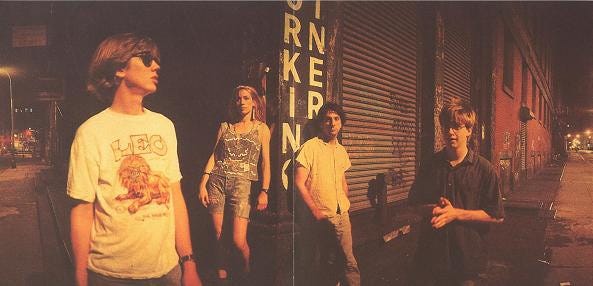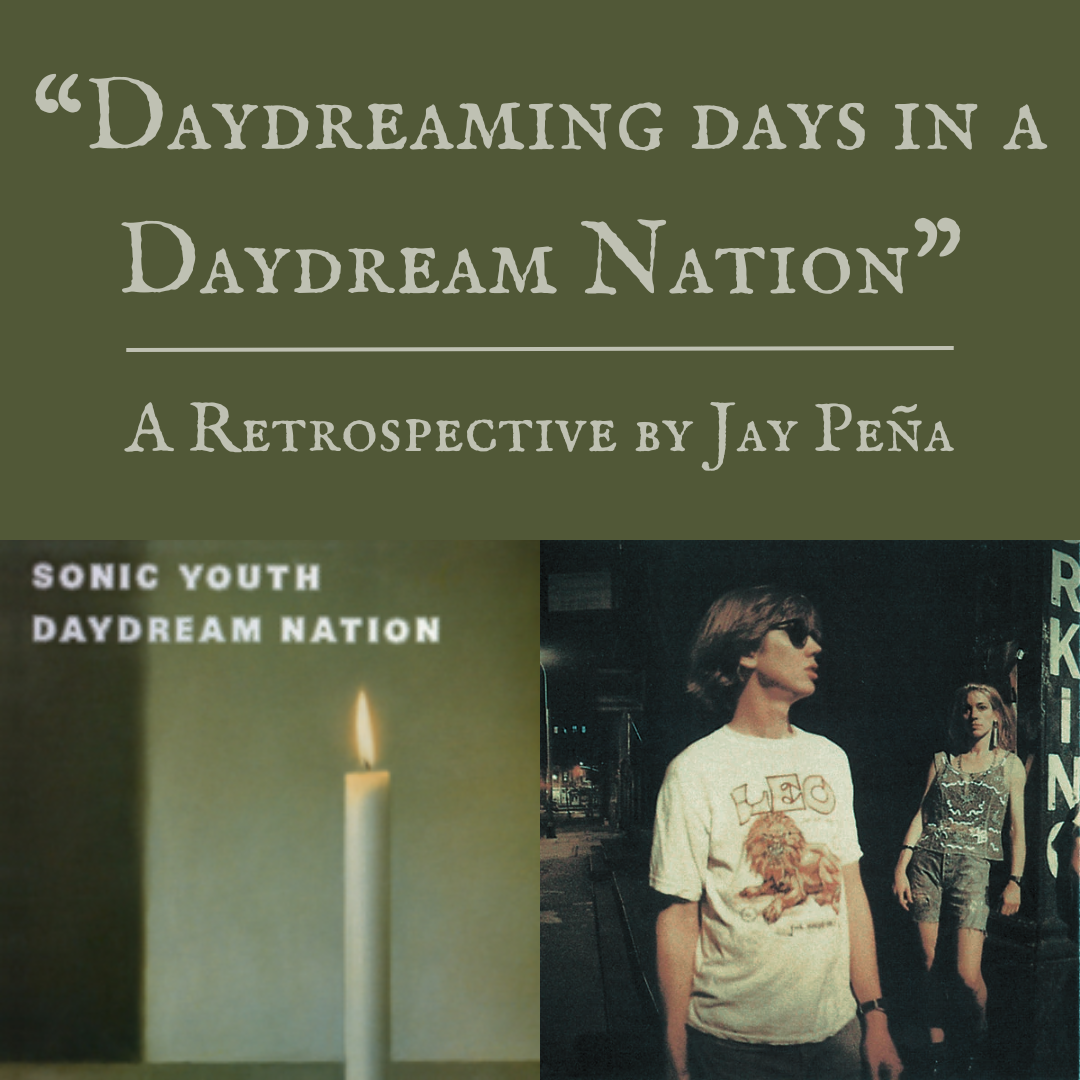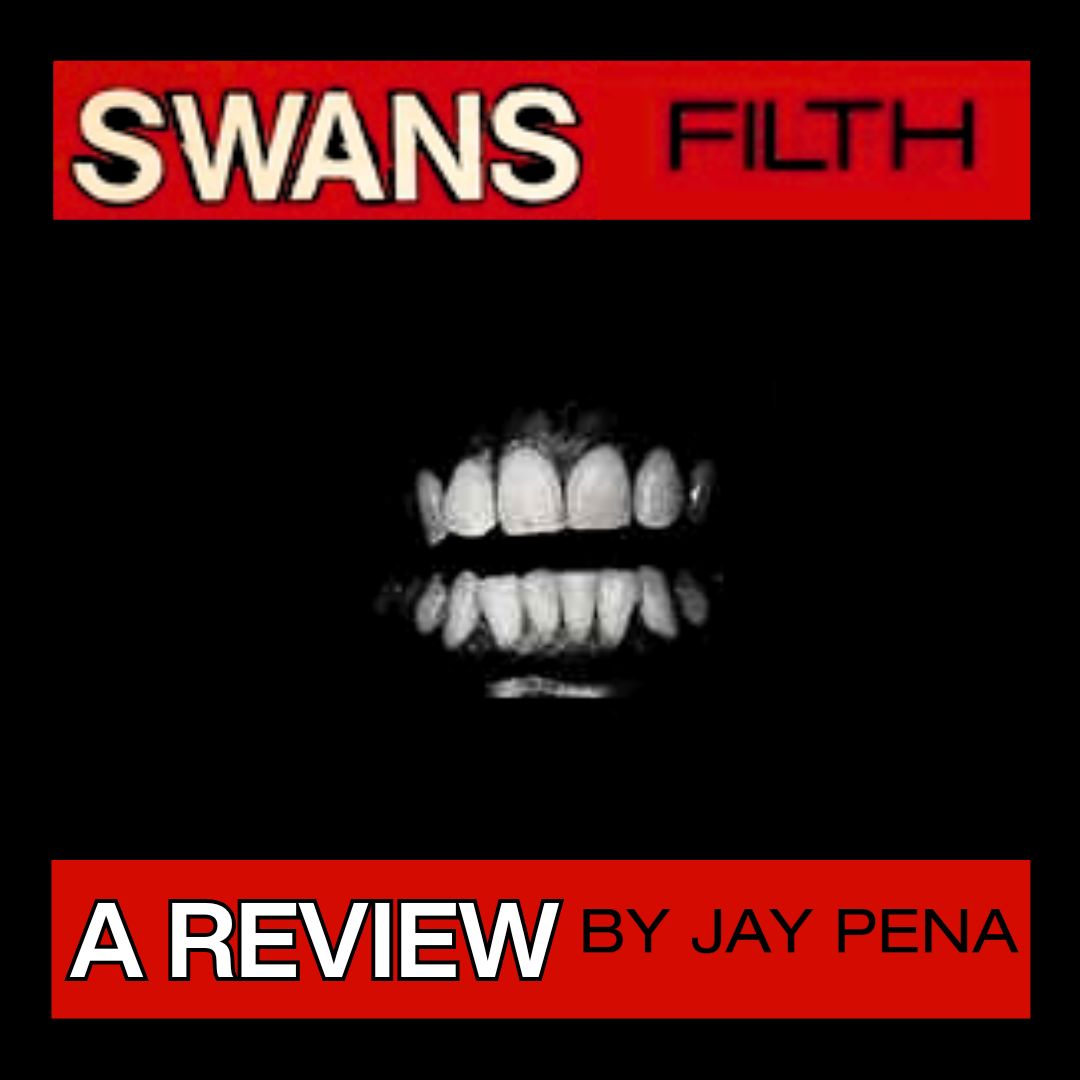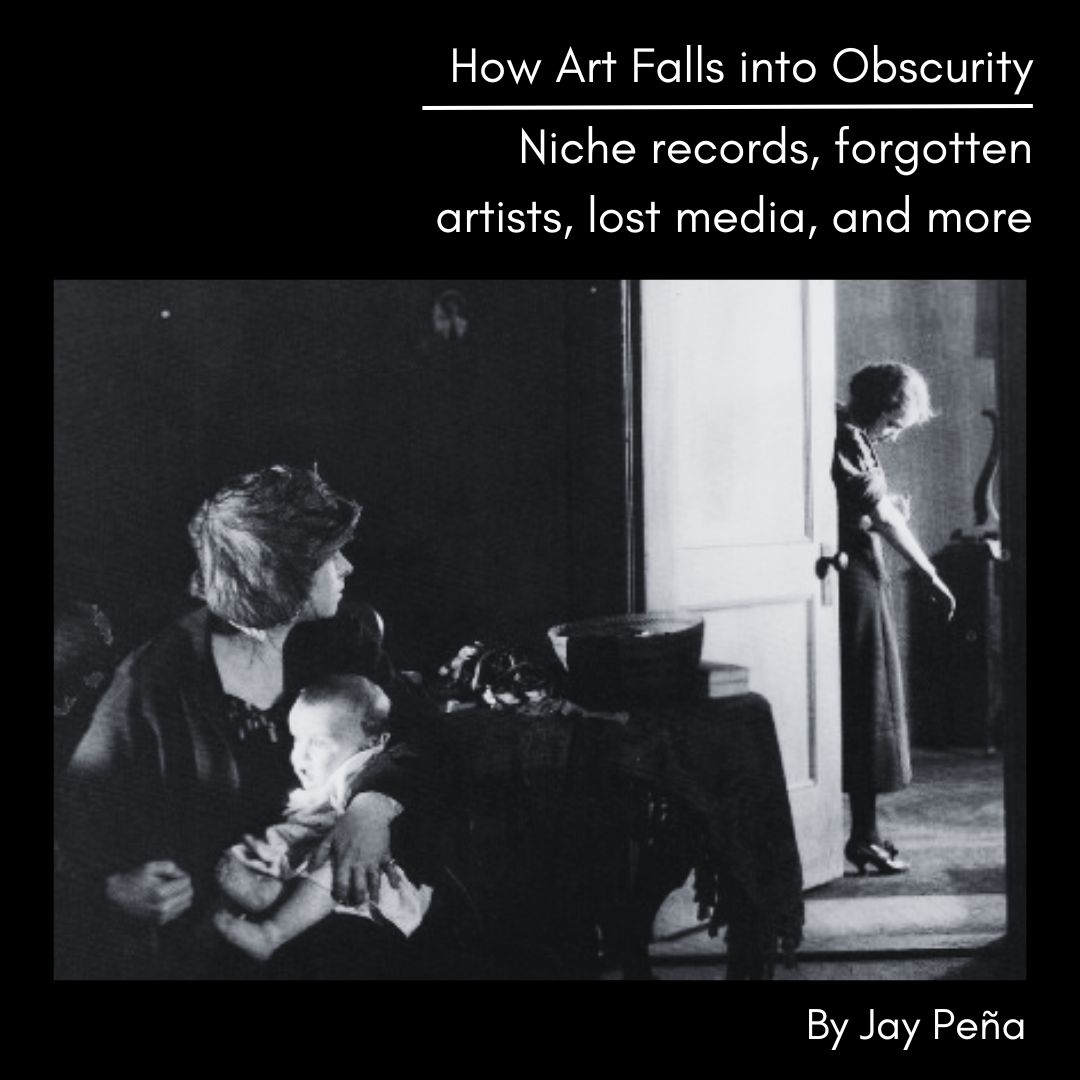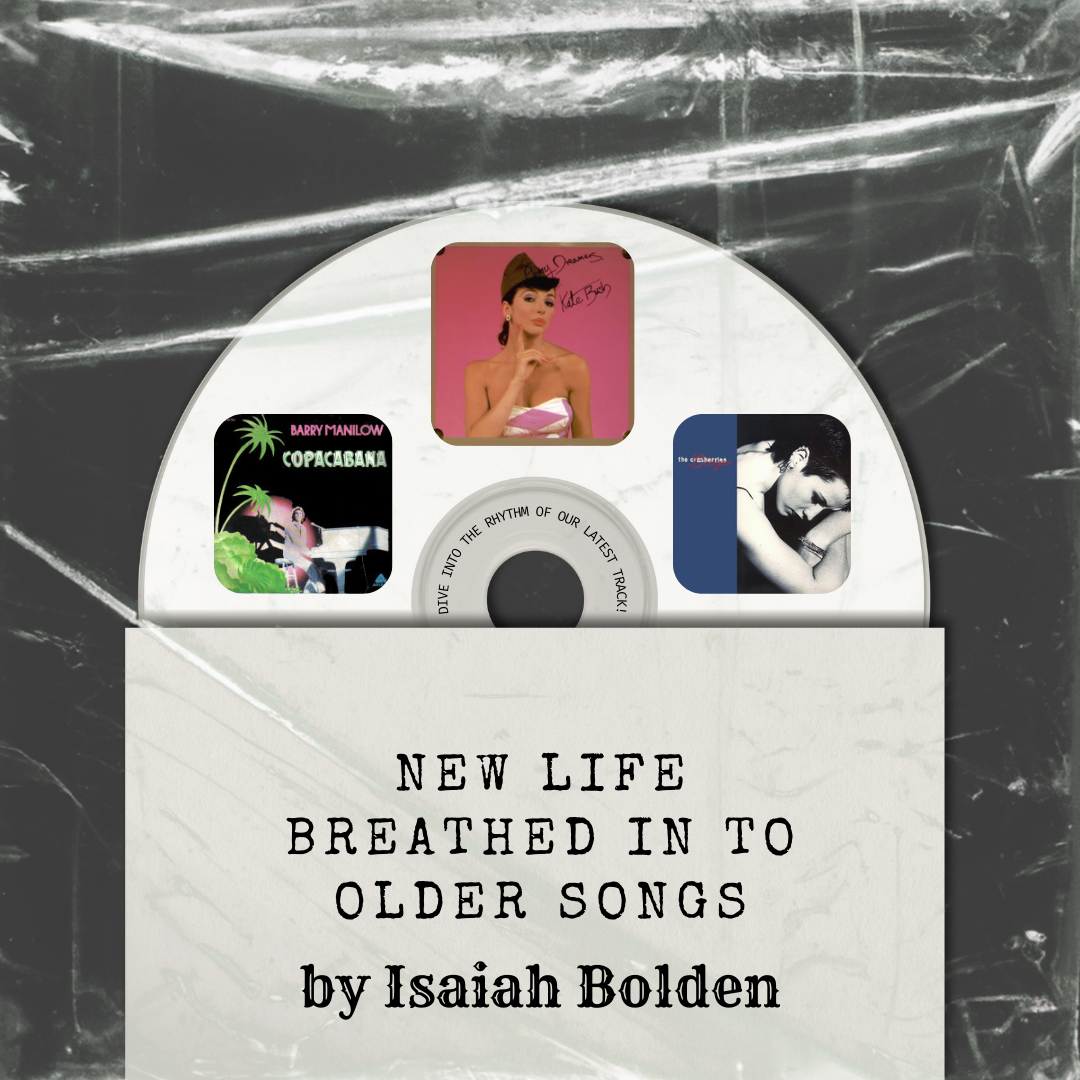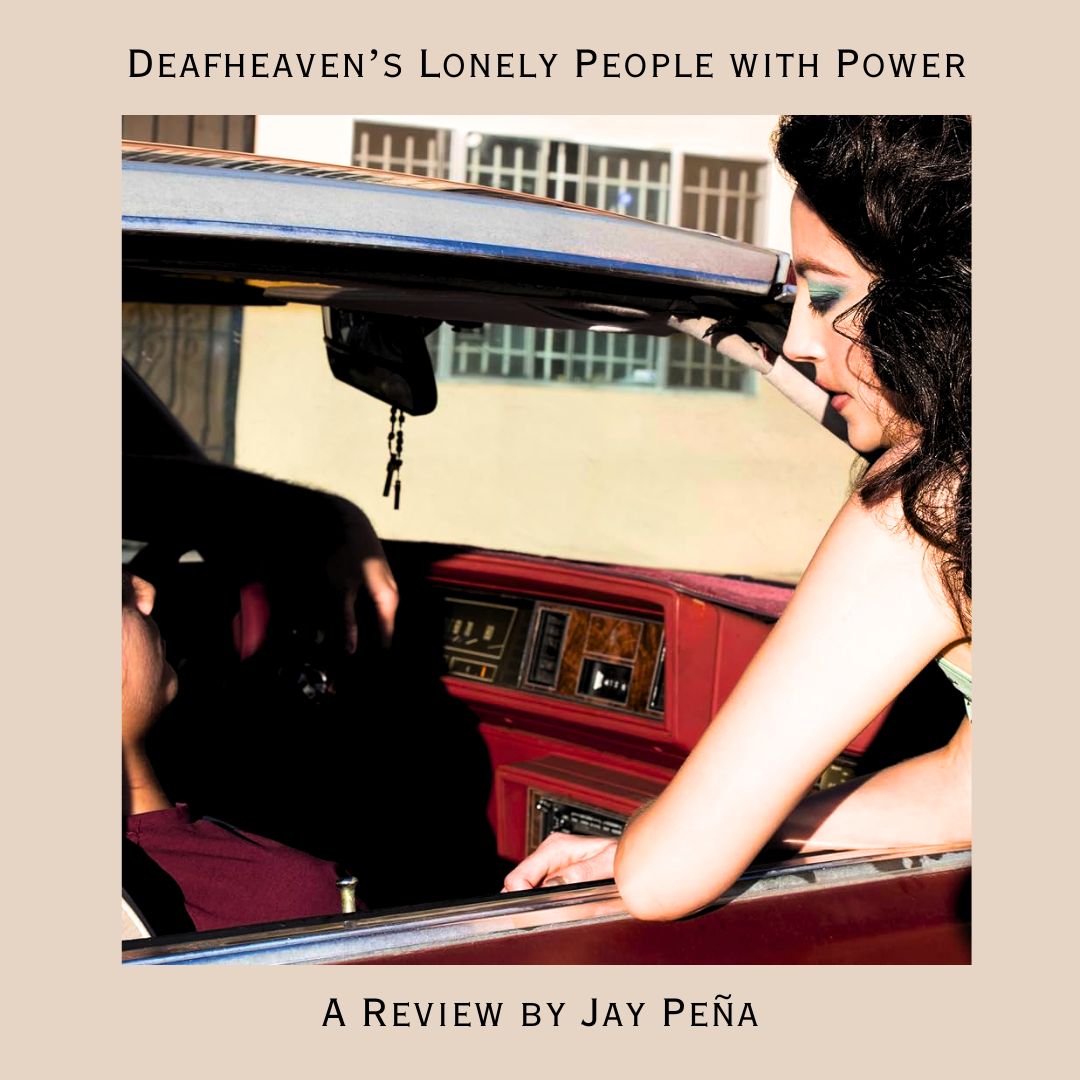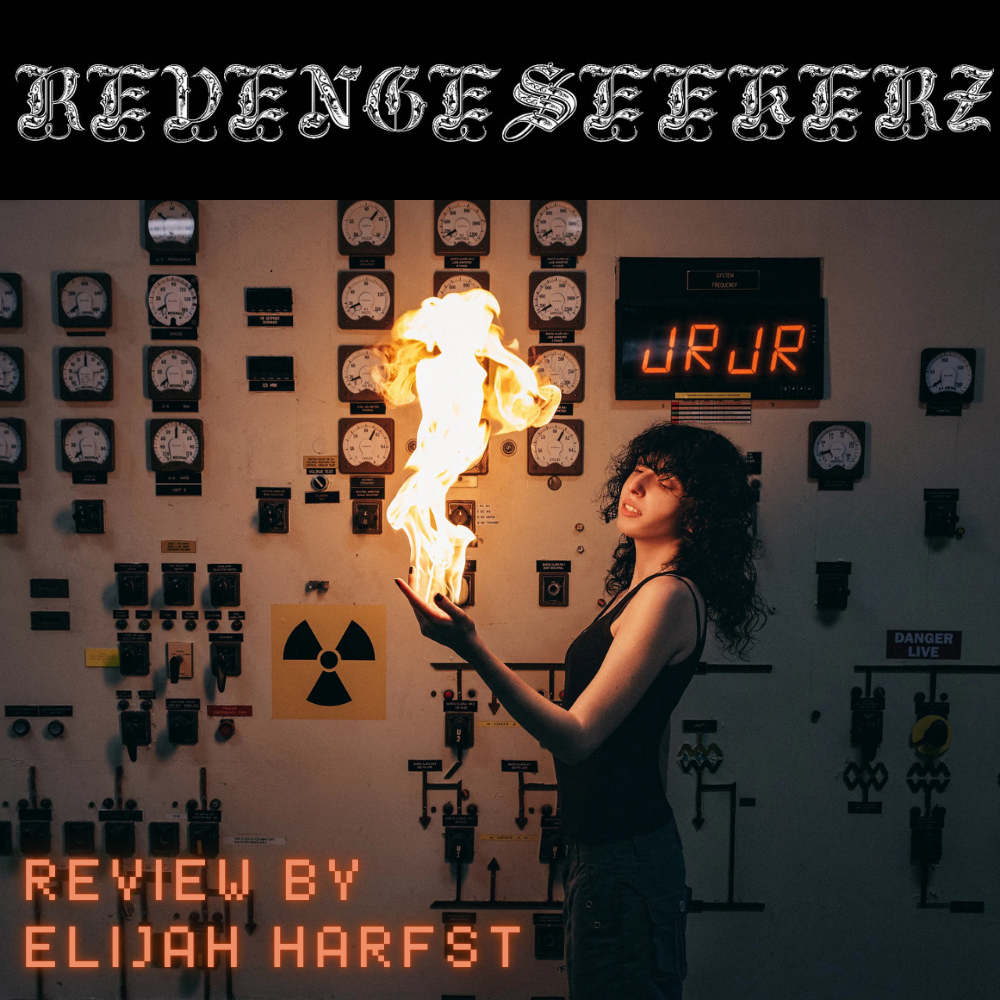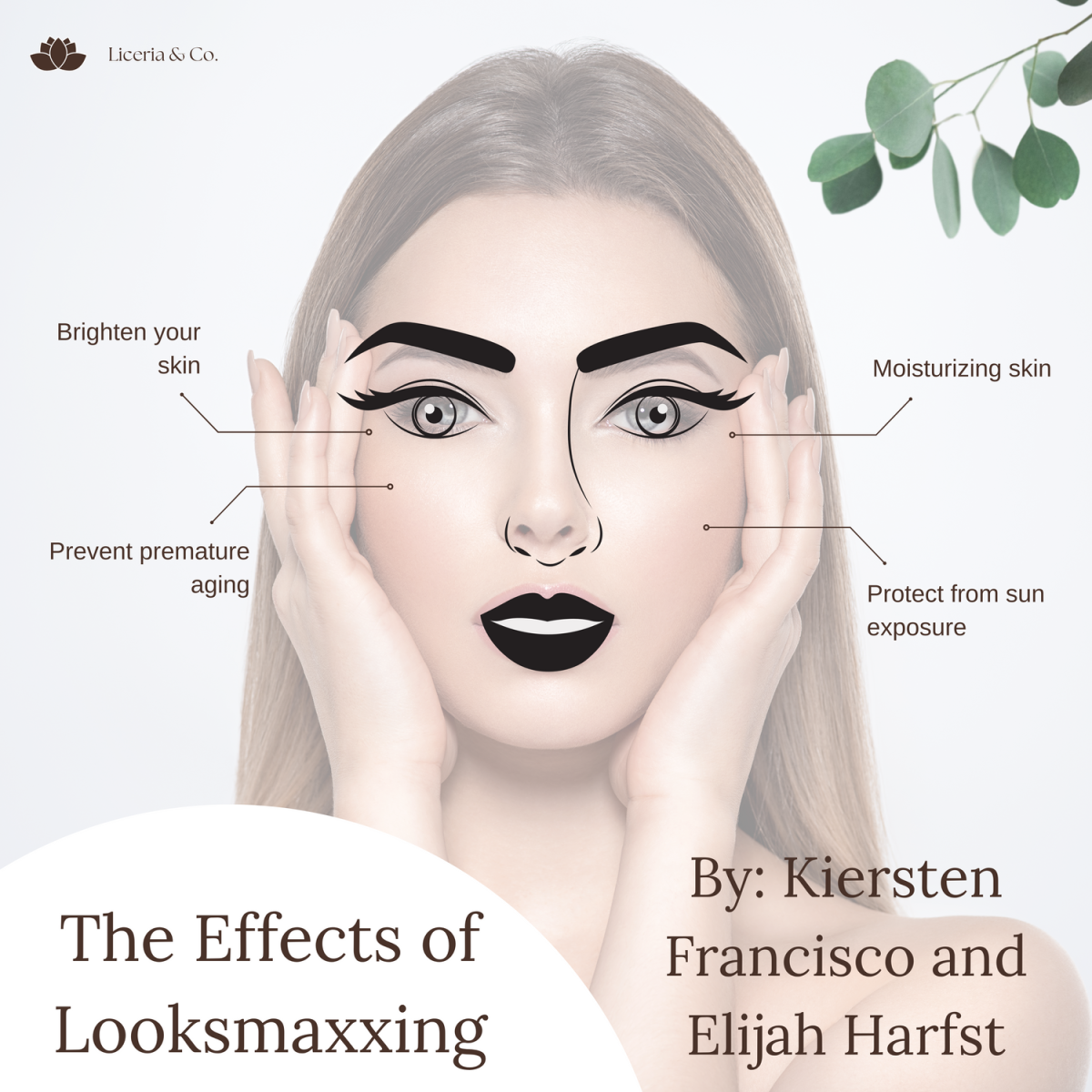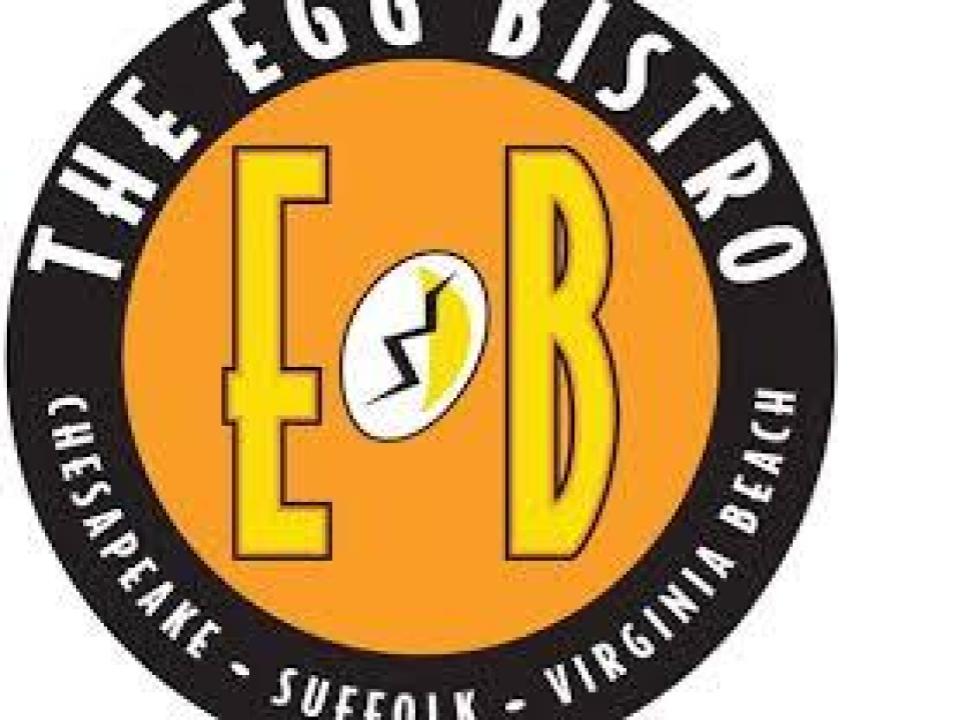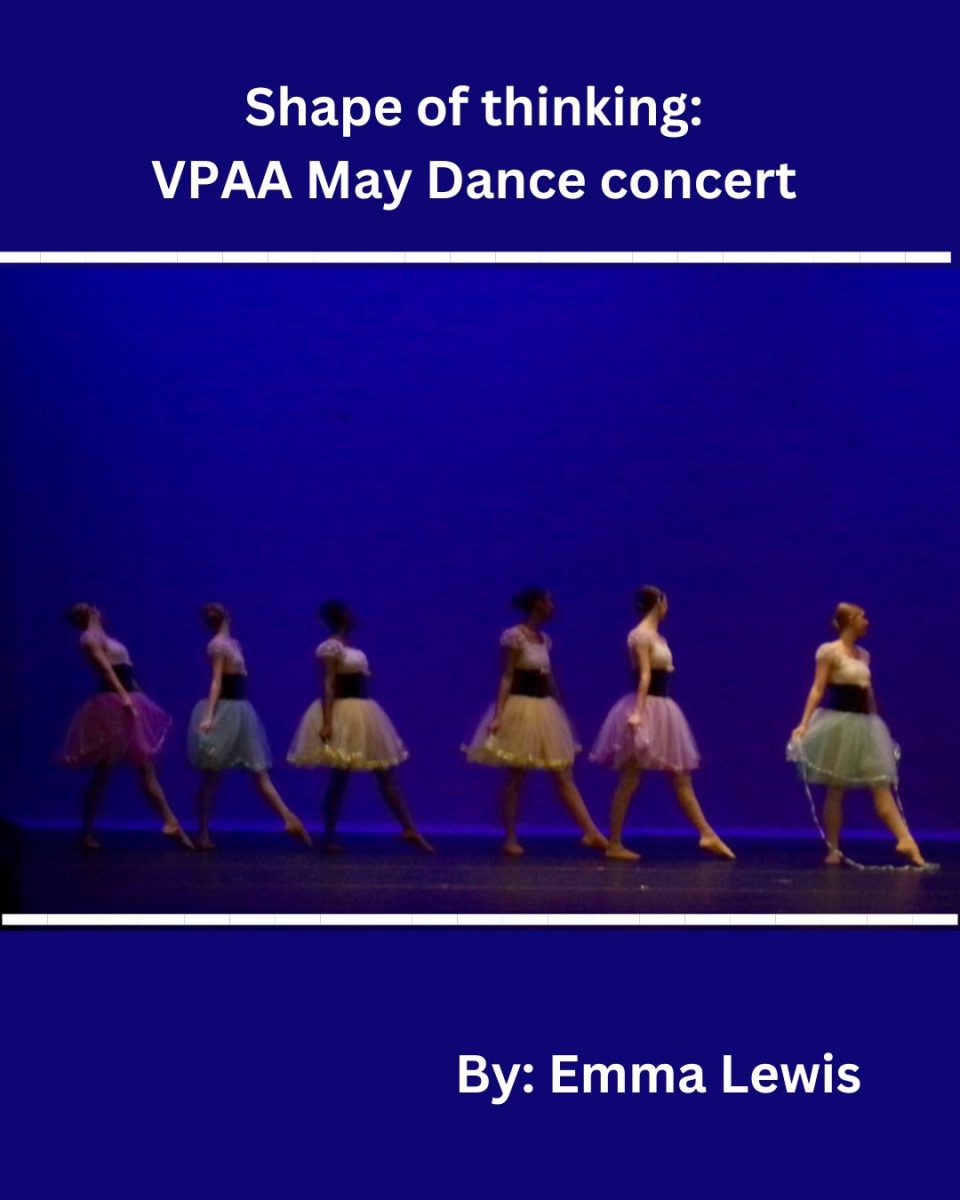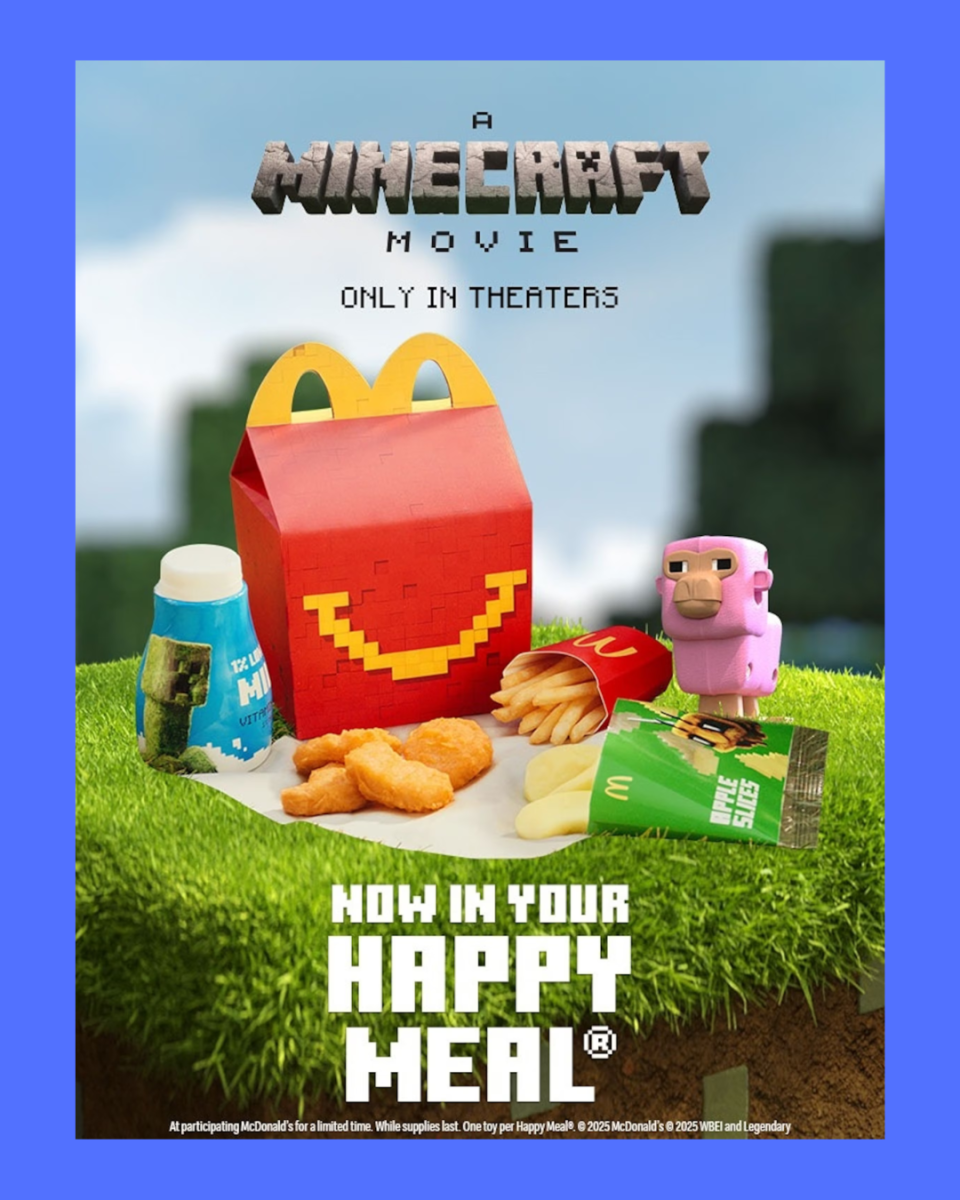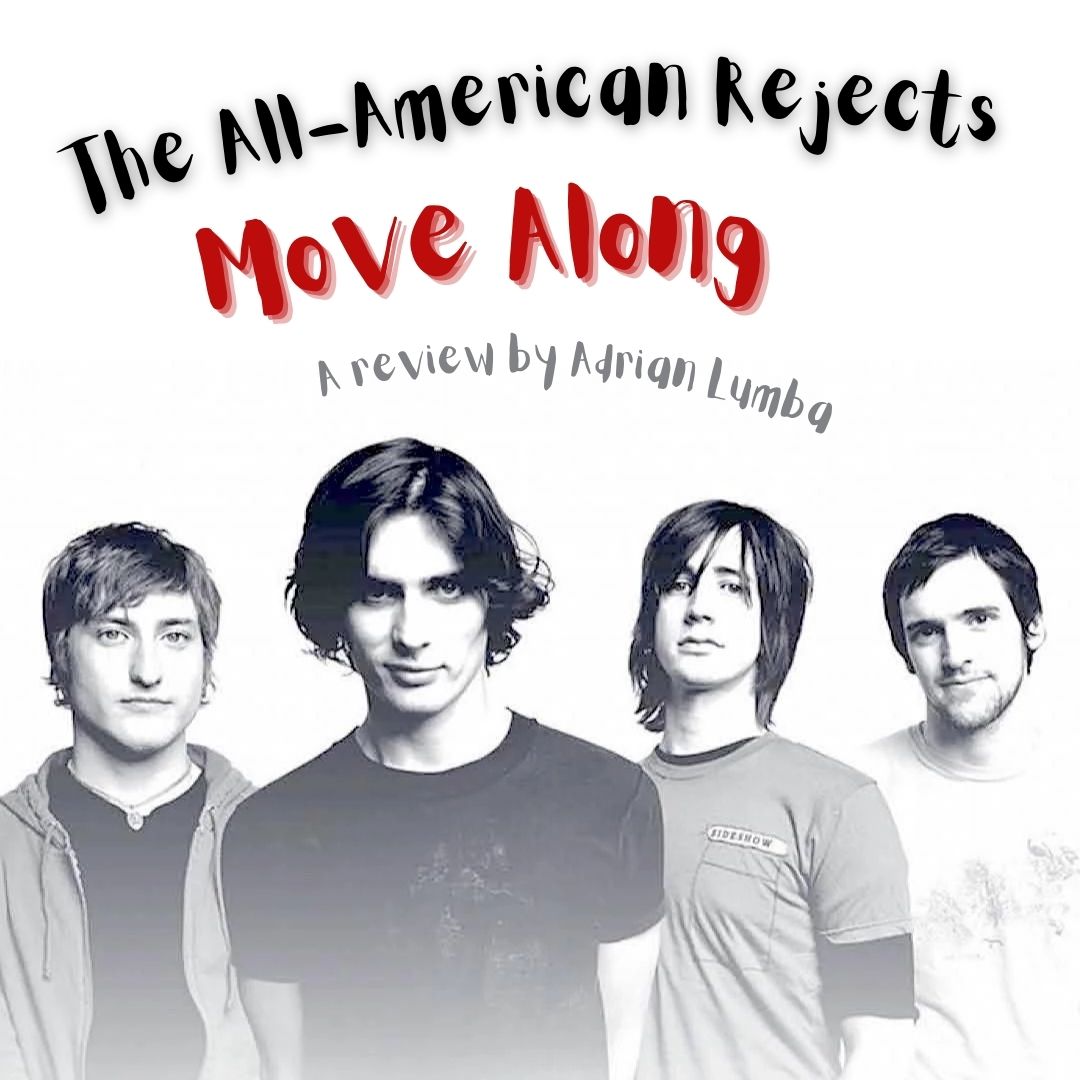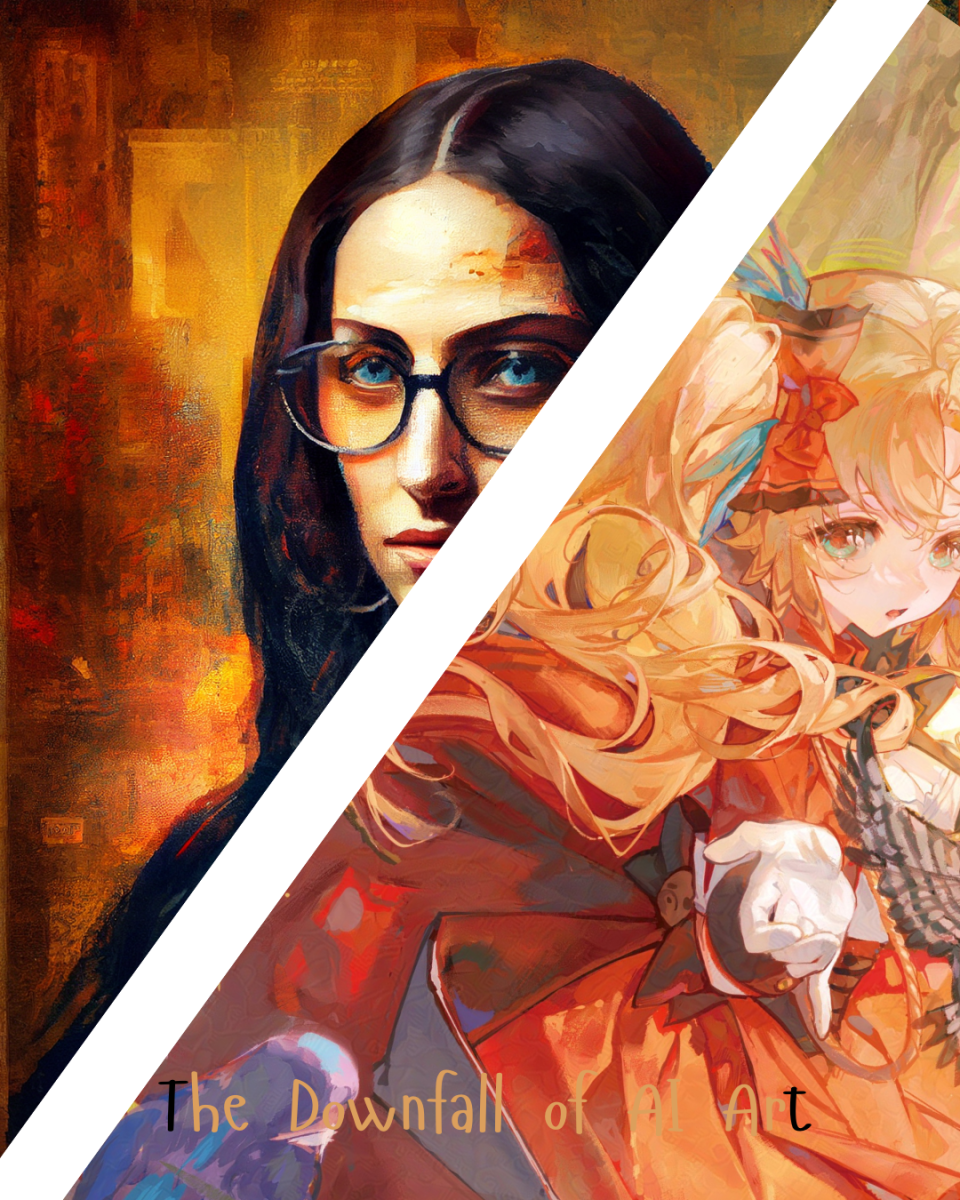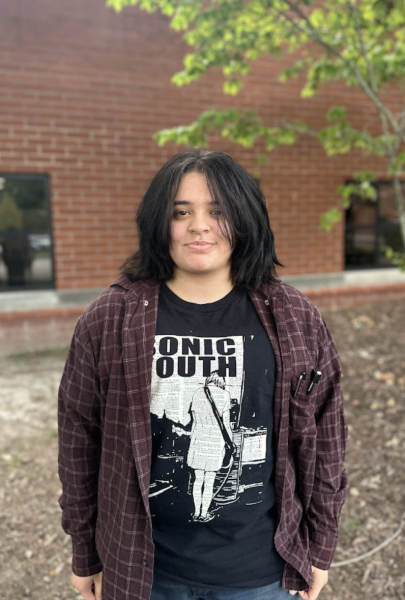I’ve been a fan of the New York-based alternative rock band Sonic Youth, for a while. Therefore, I’ve listened to a good amount of their discography. From their debut LP released in 1983 to their more recent projects released throughout the 2000s.
There are a lot of albums to love within their catalog, such as their 1985 release, Bad Moon Rising, 1986’s Evol, 1987’s Sister, and, what is probably their most popular release, 1990’s Goo. However, despite all these truly amazing albums, I frequently find myself coming back to one release in particular: their 1988 release Daydream Nation.
Daydream Nation was released on October 18, 1988, making it the band’s fifth studio album. The 12-track (for some editions and all digital releases 14-track) record, is considered by many, including myself, to be their best release. This prompts the question: what makes it so good?
Well, there’s no better time to find an answer to that question than now, upon the record’s 36th anniversary.
The opening track, “Teenage Riot,” starts with bright, slow, spacey guitars that pour out as bassist, guitarist, and vocalist Kim Gordon chants in a soft low voice. The guitars come to a halt leaving only silence; a silence that almost immediately transforms into a brighter, louder, and more fast-paced riff full of energy accompanied by the vocals of guitarist and vocalist Thurston Moore. The energy and sound of the song act as a great introduction for the general feel of the rest of the record. The whole album is chalked full of the signature Sonic Youth experimental sound with plenty of noisy distortion, layered guitar tracks, interesting audio effects, and unique alternate tunings that the band has become practically known for.
Strong songwriting and production also greatly contribute to what makes this record so enjoyable. A majority of the songs were written by the band (Gordon, Moore, guitarist Lee Ranaldo, and drummer Steve Shelley) and produced by the band and co-produced with producer Nick Sansano, a producer who typically worked with hip-hop musicians such as Public Enemy, Run DMC, and Ice Cube, making Sonic Youth one of the few rock bands he’s worked with.
As far as production goes, it’s well done and serves as a great representation of the 1980’s alt-rock sound. From frequent transitions of quiet soft sounds to loud distorted guitars, which sound to be put front and center of the mix, to the almost “messy” and “garage rock” sound of the album, it acts almost like a time capsule of the growing alt-rock scene of the ‘80s and ‘90s, however, it manages to never sound “dated.”
When it comes to the songwriting and lyricism on the album, it’s probably some of the best lyricism from the band. I’d be lying if I said there weren’t multiple lines that get stuck in my head from time to time; the lyrics have a memorable quality to them and are pretty fun to read through and analyze. Most of the lines I enjoyed were from the songs “Teenage Riot,” “Silver Rocket,” “The Sprawl,” “Cross the Breeze,” “Kissability,” and the second to last track on the album, and my personal favorite, “B) Hyperstation.”
From the sound to the production and songwriting, it’s clear to see why this album is held up as both a staple of Sonic Youth’s discography and an 80’s alt-rock classic. It’s a great representation of the indie rock scene of the time and has served as the inspiration for many artists since its release. It’s a gem of a record and is, in my humble opinion, nothing short of a perfect album.
